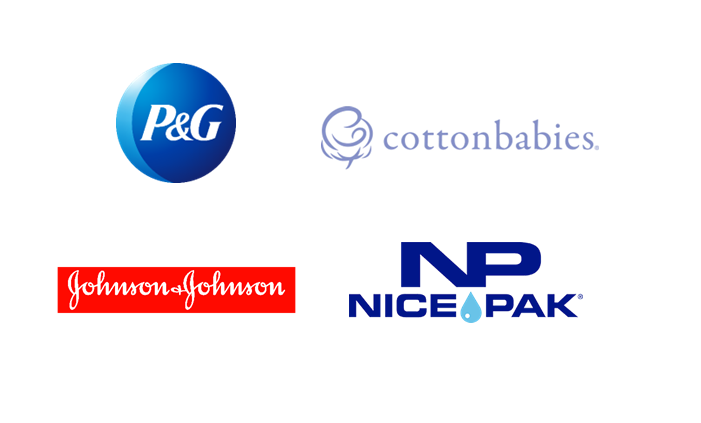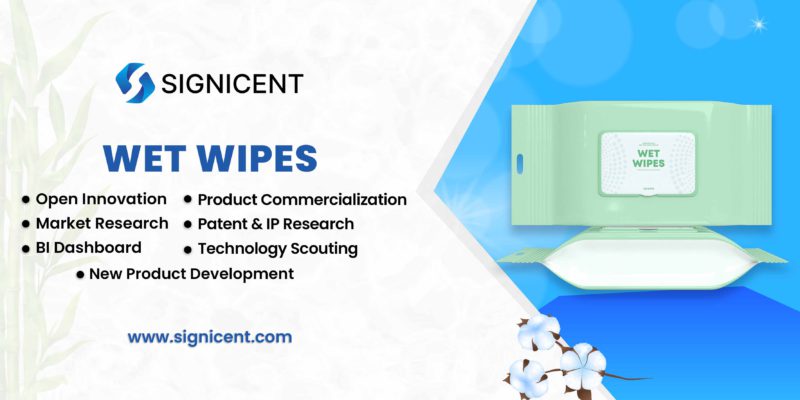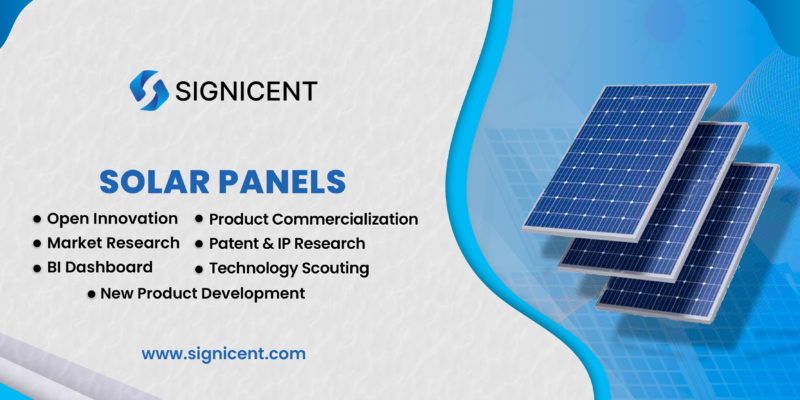The objective of the report is to conduct a technological intelligence on “Wet Wipes”. The report includes the following aspects:
- Identifying different innovations, technologies and research work related to the manufacturing process of wet wipes.
- Locating the key players working in the area of wet wipes.
- Analyzing the market perspective of wet wipes and tissues in different regions.
Wet Wipes: An Emerging Trend!
The wet tissue or wipes market is an emerging and fast-growing market in non-woven materials. In the post-pandemic situation, there has been increasing concern and consciousness for better hygiene and cleanliness. The non-woven industry is geared toward the formation of new products and variants of wet wipes like disinfectant and biodegradable wet wipes keeping in mind the environmental concerns and no compromise with the tissue quality.
Need of Wet Wipes
Wet wipes offer numerous advantages and meet user requirements for personal care like body wipes, baby wipes, cosmetic wet wipes, cleaning wipes for domestic and industrial usage, flushable wipes and other different variants. The wet wipes provide safety and protection at a superior level with cleaning and disinfecting properties.
Increasing demand for specialty wipes
Specialty wipes are the wipes that can be used by humans and pets such as dogs and cats. These can also be used to clean cars and used at houses to clean hard surfaces, floors, and other cleaning purposes. Another instance of specialty wet wipes is mosquito repellent wet tissues and wipes that are used to prevent mosquito bites and diseases such as malaria, dengue, and other infections.
Challenges
- Manufacturing of antibacterial tissues is difficult due to process complications and the harmful effects of the raw materials used.
- Improved water disintegration and good mechanical properties are the most important features of tissue paper according to the current living standards but tissue paper made from conventional softwood is unable to achieve the same.
- Chemicals used in wet tissues may cause allergies and have harmful effects on the human body. A huge capital is required for the treatment of discarded tissues due to the presence of synthetic chemicals.
Innovations
Antibacterial Bamboo Wet/ Dry Tissue
Sichuan Huanlong New Material Co Ltd, China has developed a novel dry and wet antibacterial tissue using 100% bamboo fiber and essential oils solving problems like process complications.
The tissue produced is mild, non – irritating and has antibacterial properties. The preparation method of tissue is simple, efficient, safe and environment friendly which are important factors for industrial level production.
Wet Tissue from Cellulose Nanofibers
Daio Paper Corp., Japan has developed a wet tissue paper by blending Cellulose Nanofibers in different wt.% with a wood pulp containing 60% LBKP Hardwood – 40% NBKP Softwood. Cellulose nanofibers are blended in 0.1%, 0.5%, 1.0% and 2.0% by weight of the Wood Pulp fibers. The wood pulp fibers are also mixed with a binder of Carboxymethyl cellulose (CMC) (0.6% and 1.2% by weight) to enhance the property of the tissue paper produced.
On blending the CNF and Wood pulp, the wet tensile strength of the tissue increased from 513 to 647 N/25mm at 0.6 g/m2 of CMC binder.
By increasing the amount of CMC to 1.2g/m2 and blending 2.0 wt. % of CNF with wood pulp, the wet tensile strength increased from 641 to 717 N/25mm.
The wet tissue produced is water disintegrable and hence tackles the problem of toilet clogging.
Natural Bamboo Wet Tissue
Healthy Tissue Co. Ltd., South Korea has developed a wet tissue made from 100% bamboo fiber that maintains excellent physical properties even in the wet state.
Produced bamboo fiber tissue has better mechanical properties and water-releasing properties i.e., a water evaporation rate of 5% as moisture reduces readily from the tissue.
Apart from that it can easily be discarded in the toilet after use as it does not clog the drain pipes. It also exhibits excellent biodegradability and does not contain synthetic chemicals.
Sanitary Napkin/ Wet Wipe with Bamboo Charcoal & Graphene
A non-woven material is developed by Donglun Sci-tech Industry Co Ltd, China, graphene viscose composite fiber (GF) (20-80% by weight) with graphene content is 2-8% & bamboo-carbon viscose composite fiber (BCF) material (80-20% by weight) with bamboo charcoal content is 3-6% is developed.
Wet wipe formed is environment friendly. The combination of both fiber composites provides sanitary material with excellent properties. Graphene strengthens the non-woven material and improves tensile breaking strength. Bamboo charcoal composite fiber reduces the negative effect on human skin. It also works as an anti-bacterial agent and prevents dirt layer formation on the skin.
Each year Signicent provides consultancy to hundreds of organizations to help transform their innovations to value.
Market Insights
Global Wet Wipes Market is projected to grow at a CAGR of 7.6 % during the forecast period. The market size was valued at USD 3.98 Billion in 2022 and is expected to reach USD 5.74 Billion by 2027.
Market Segmentation
This section of the report will take you through different market segments based on the following two factors.
Based on the type:
- Baby Wipes
- Facial Wipes
- Moist Flushable Wipes
- Household Wipes
Based on the distribution channel:
- Supermarkets & Hypermarkets
- Pharmacies & Drugstores
- E-commerce
Key Players
This section of the Wet Wipes report highlights the leading players working on the production of bamboo tissues/ wipes.



